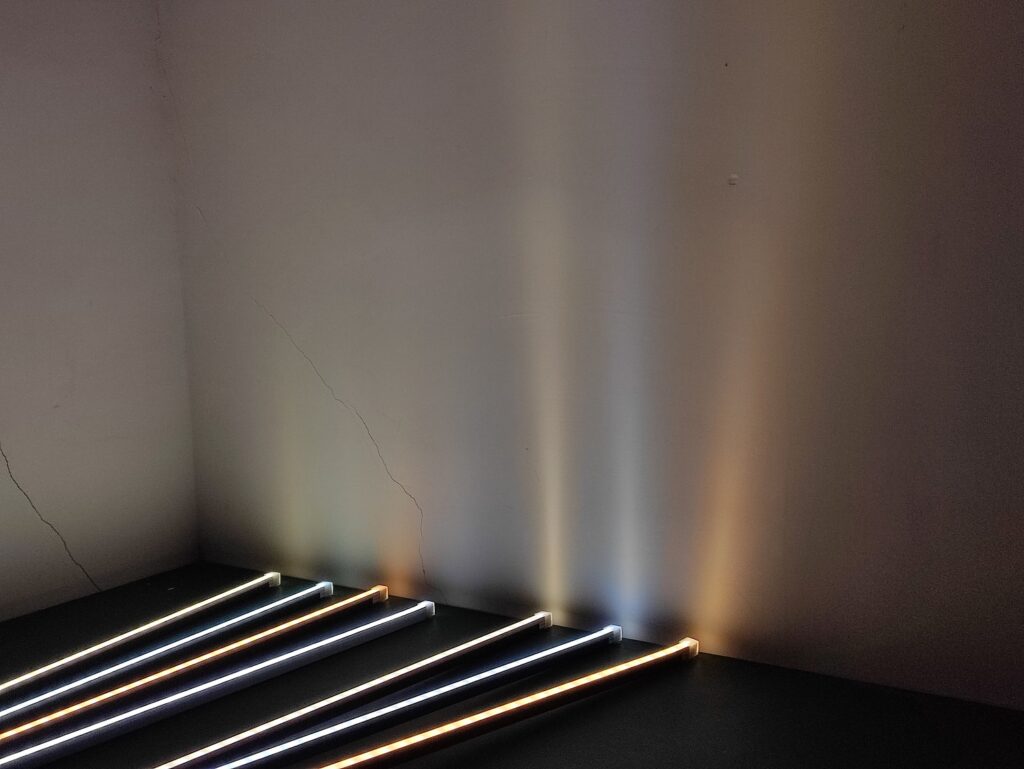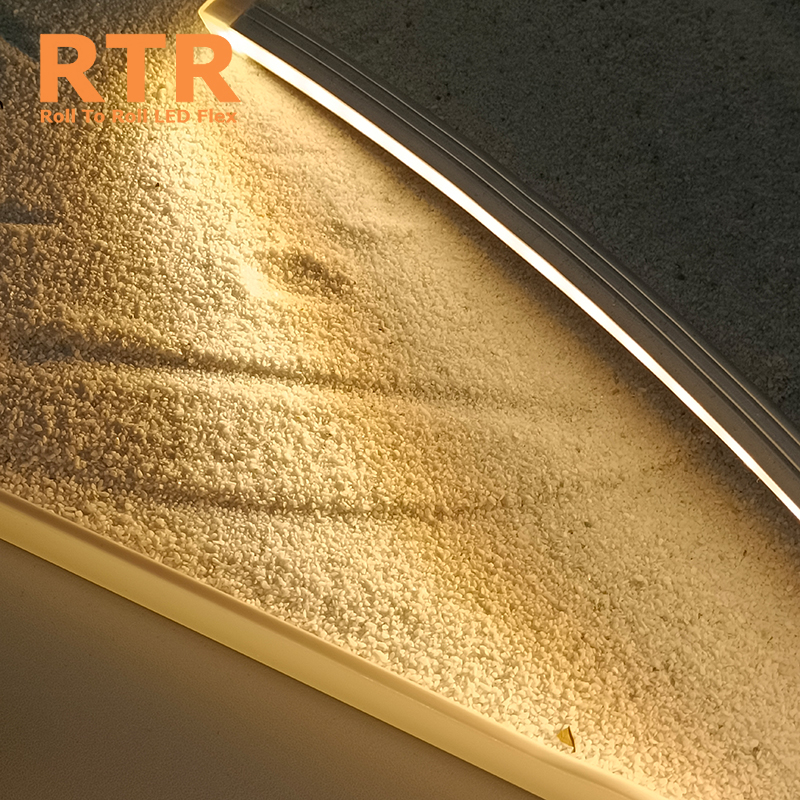Wall washer lights, also known as grazing lights, create an even distribution of light to emphasize the texture and features of a vertical surface. People commonly use them in architectural lighting, landscape lighting, and interior design. The beam angle is a crucial factor in determining the light distribution, coverage, and visual perception of the illuminated surface.
Light Distribution
The 13° beam angle produced the most concentrated light distribution, with a narrower spread of light on the vertical surface. The 25° beam angle provided a broader light distribution, while the 45° beam angle resulted in the widest light distribution.

Coverage
The 13° beam angle illuminates a smaller area of the wall, providing the least surface coverage. The 25° beam angle offered a medium coverage area, and the 45° beam angle achieved the largest coverage area.
Visual Perception
The participants reported that the 13° beam angle created the most dramatic effect, emphasizing the texture and features of the surface. However, the narrow light distribution led to a less uniform illumination. The 25° beam angle offered a balance between texture emphasis and uniformity, while the 45° beam angle produced the most uniform light distribution but with reduced texture emphasis.

Conclusion
The study demonstrates that the choice of beam angle in wall washer lights significantly affects the illumination effects on a vertical surface. A 13° beam angle provides dramatic texture emphasis with a concentrated light distribution and smaller coverage area. A 25° beam angle offers a balance between texture emphasis and uniformity, with a broader light distribution and medium coverage area. A 45° beam angle results in the most uniform light distribution and the largest coverage area but with less texture emphasis.
Selecting the most suitable beam angle depends on the specific application and desired lighting effect. For projects focused on accentuating texture and features, a 13° beam angle may be the best choice. In cases where a balance between texture emphasis and uniformity is required, a 25° beam angle may be more appropriate. For projects prioritizing uniform illumination and wide coverage, a 45° beam angle should be considered.
